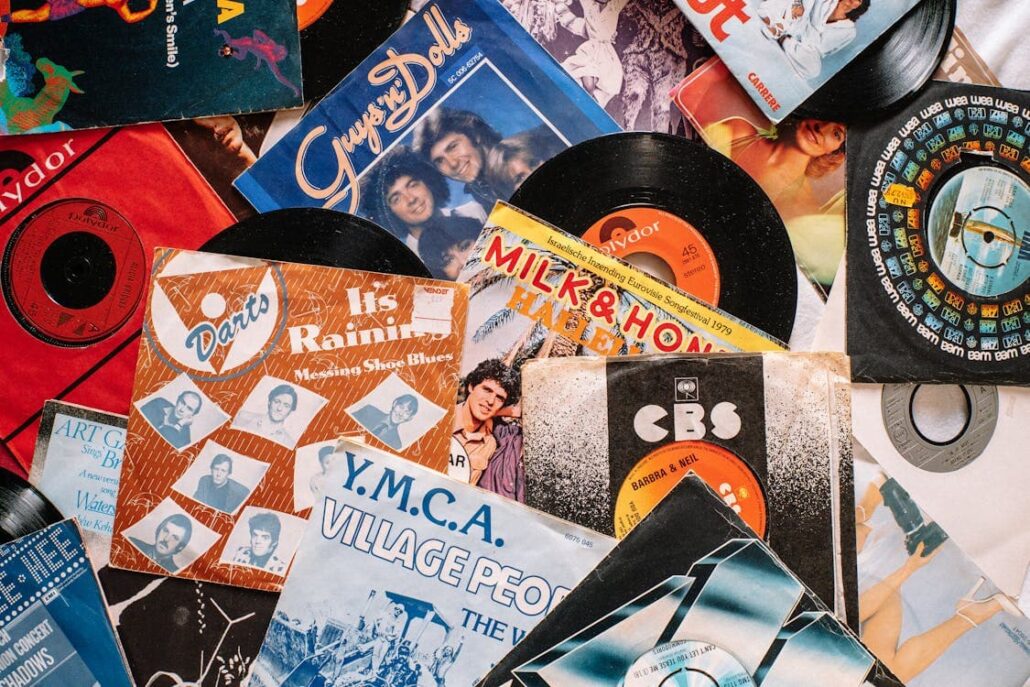In today’s dynamic marketing landscape, establishing a deep connection with consumers is absolutely essential. Nostalgia has become a potent tool in the emotional arsenal. By leveraging elements from the past, brands can forge powerful emotional bonds with contemporary consumers. By employing this approach, it not only grabs attention, but also creates a feeling of familiarity and comfort, resulting in increased engagement and loyalty. This article delves into the strategic utilization of nostalgia in advertising, providing a comprehensive analysis of its techniques and showcasing how brands effectively employ it to establish a strong connection with their audience.
The Purpose of Nostalgia in Marketing
Nostalgia marketing leverages the power of fond memories, evoking positive emotions and sentiments by reminding consumers of simpler, happier times. By doing so, brands can create a strong emotional bond that transcends the functional benefits of their products or services. This emotional connection can significantly influence purchasing decisions, as nostalgic feelings often foster trust and loyalty.
Techniques for Harnessing Nostalgia

1. Reintroducing Classic Products: A direct method of leveraging nostalgia is reviving beloved products from the past. Companies often re-release discontinued items or launch limited-edition versions of classic products, sparking excitement and urgency among consumers. For instance, Pepsi brought back its Crystal Pepsi in response to popular demand, creating a buzz and boosting sales.
2. Retro Packaging and Design: Using retro packaging and design elements is another effective technique. By incorporating vintage aesthetics, brands can evoke memories associated with their products from years ago. This approach not only appeals to older consumers who remember the original designs but also attracts younger audiences who find retro styles trendy and appealing. The recent resurgence of Polaroid cameras is a testament to the power of retro design.
3. Cultural References: Brands can evoke nostalgia by incorporating cultural references from the past. Music, fashion, and iconic imagery from specific eras can create campaigns that resonate deeply with consumers. For instance, Spotify’s “Throwback Thursdays” playlists tap into the power of nostalgic music, drawing users back to memorable times in their lives.
Applications of Nostalgia Marketing

Nostalgia can be effectively applied across various sectors to enhance consumer engagement and brand loyalty. Here are some notable applications:
1. Entertainment and Media
The entertainment industry frequently leverages nostalgia to captivate audiences. Movie studios remake or reboot classic films and TV shows, attracting both original fans and new viewers. For example, the renewed interest in franchises like Ghostbusters and Top Gun demonstrates how powerful nostalgia can be in generating excitement and driving box office sales.
Television networks and streaming services also capitalize on nostalgia by reviving beloved series or producing documentaries about past cultural phenomena. These strategies not only attract viewers but also create a sense of community among fans who share a common love for the past.
2. Food and Beverage
Food and beverage companies often use nostalgia to evoke memories of childhood and simpler times. By reintroducing classic flavors or packaging, these brands can tap into consumers’ emotional connections to food. For instance, McDonald’s frequently brings back the McRib sandwich, creating a sense of anticipation and excitement among its fans.
Restaurants and cafes also use nostalgia to enhance the dining experience. Retro-themed diners and pop-up events featuring classic dishes can attract customers seeking a taste of the past. This approach not only differentiates the establishment but also creates a memorable dining experience that encourages repeat visits.
The Psychological Effects of Nostalgia
Nostalgia has a strong psychological effect on customers. It promotes good feelings, lowers tension, and improves mood. When individuals reflect on the past, they often recollect pleasant memories and events, which provides a feeling of comfort and security. Brands that effectively elicit nostalgia may capitalize on these pleasant recollections, forming a strong emotional link with customers.
1. Enhancing Brand Authenticity
In an era where consumers are increasingly skeptical of marketing tactics, nostalgia can enhance brand authenticity. By referencing the past, brands can showcase their longevity and heritage, reinforcing their credibility and trustworthiness. This approach can be particularly effective for heritage brands that have a rich history and legacy. For instance, Levi’s often emphasizes its long history in its marketing campaigns, positioning itself as a timeless and reliable brand.
2. Creating a Sense of Belonging
Nostalgia can foster a sense of belonging and community among consumers. Shared mementos and experiences from the past can unite people, creating a collective identity around a brand. This sense of belonging can lead to increased brand loyalty and advocacy, as consumers feel a deeper connection to the brand and its values. For example, Nintendo’s marketing strategies often highlight classic games and characters, connecting fans of all ages through shared memories and experiences.
Challenges and Considerations in Nostalgia Marketing
While leveraging nostalgia can be highly effective, it also comes with challenges and considerations. Brands must strike a balance between evoking positive memories and staying relevant to contemporary audiences. Here are some key considerations:
1. Avoiding Over Reliance on the Past
While sentimentality can be a powerful tool, overreliance on the past can make a brand appear outdated or out of touch. It’s important for brands to blend nostalgic elements with modern innovations and trends. This approach ensures that they remain relevant to today’s consumers while still evoking positive memories from the past. E.g., Adidas has successfully blended nostalgia with modernity by re-releasing classic sneaker designs with contemporary updates.
2. Ensuring Cultural Sensitivity
Referencing specific time periods and cultural elements can be tricky. Brands must ensure that their campaigns are culturally sensitive and inclusive. Missteps in this area can lead to backlash and damage the brand’s reputation. Thorough research to understand the cultural context of the era being referenced and avoiding stereotypes or offensive imagery are crucial steps. For example, marketing campaigns should be mindful of historical events and their impact on different communities to avoid inadvertently offending potential customers.
Concluding Words
One effective tactic that leverages customers’ emotional ties to the past is nostalgia. By reviving classic products, using retro packaging, and incorporating cultural references, brands can create memorable and engaging campaigns that drive consumer loyalty. The psychological impact of nostalgia—fostering a sense of belonging and enhancing brand authenticity—can significantly influence purchasing decisions and strengthen brand-consumer relationships. However, brands must navigate the challenges of balancing nostalgia with modern relevance and ensuring cultural sensitivity. When executed thoughtfully, leveraging the past can be a potent tool for capturing consumer hearts and minds, bridging the gap between yesterday and today.









